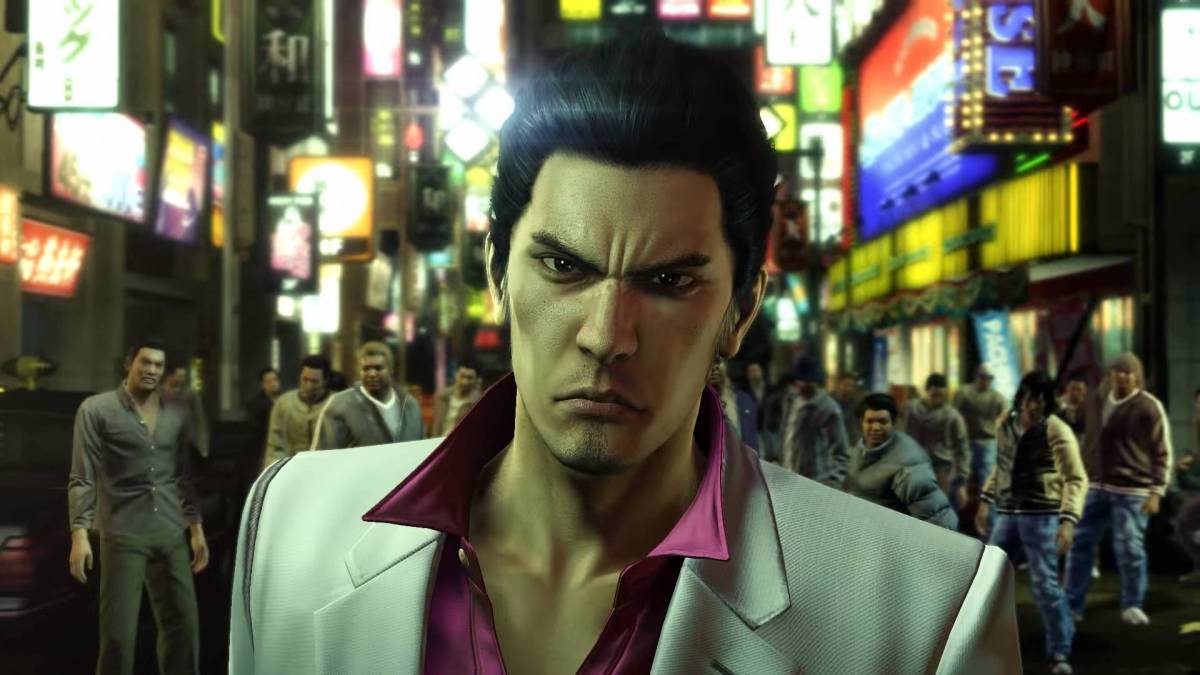In the past 5 years, there haven’t been many incredible turnarounds of success quite like the Yakuza franchise. To SEGA’s and Ryu Ga Gotoku Studio’s credit, they have been on a mission to make the once niche PlayStation exclusive franchise readily available on most major platforms, winning over the hearts and minds of gamers in the process.
With so many instalments available, someone looking to experience the franchise for the first time may feel overwhelmed over which one to play. The franchise does have recurring themes and characters throughout, but each instalment can be played separately without too much prior knowledge. Though we strongly advise that you play each game in order, we also appreciate there is probably not enough time in your day-to-day life to sit through 8 games that are 40+ hour experiences.
We decided to tiger drop through each game to find you the best of the best and the ones you could probably live without. The only rule for this list is that we are going to focus on the mainline games. Though Yakuza has an eye-watering amount of spin-offs such as the historic settings of Ryu Ga Gotoku Kenzan! and Ishin!, or the mobile Ryu Ga Gotoku Online, these titles are not readily available on Western shores just yet.
8. Yakuza 3

In terms of overall mechanics, Yakuza 3 had a few interesting ideas that would go into future titles. For example, the Revelation system made its debut, with protagonist Kazuma Kiryu capturing photographs of the bizarre scenarios of the world around him, for a chance to unlock more moves for his expansive arsenal. The first person view also made its debut, bringing a collective sigh of relief for the completionists among us looking for those locker coins. While players can expect to spend some time in the familiar streets of Kamurocho, Yakuza 3 also introduced new locales, such as Ryukyu, a fictionalized setting in the Okinawa islands.
However, these improvements felt like the bare minimum and there were a lot of flaws to Yakuza 3’s inner workings. Even by 2010 standards, its levelling up system was bland and didn’t offer much in the way of freedom. In addition, the most basic of enemies just seemed to be sponges for punches, often making random street fights a slog to get through. You were certainly finding more ingenious ways to avoid them at least.
There is also the plot, which just really didn’t go anywhere, spending the first 15 hours performing a small laundry list of fetch quests for the children of Kazuma’s Morning Glory Orphanage. It doesn’t offer much of the high stakes that made Yakuza narratives so compelling, making Kazuma Kiryu go through a lot of trouble for a plot of land he already owns. This was the Yakuza game where you can see the franchise going through an awkward teen phase.
7. Yakuza 5
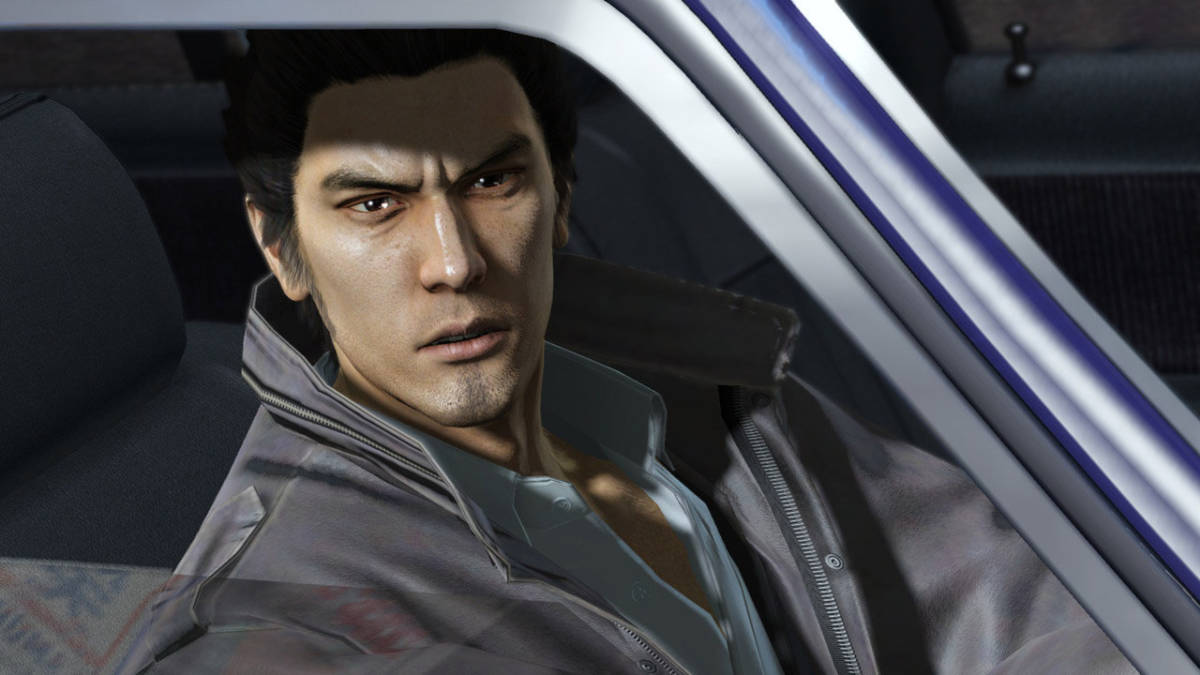
Yakuza 5’s heart was in the right place, but way too many kitchen sink mechanics made the overall experience a very jarring smorgasbord to contend with. While Yakuza 4 introduced a lot of the gameplay elements, it didn’t go to such drastic lengths to change up its playstyle. Whereas Yakuza 5 felt it needed to over compensate, with 4 fighting styles and a character specific activity such as taxi driving or a long list of various media appearances. It’s tricky to get comfortable with one playstyle before being introduced to an entirely new playstyle that wasn’t fully fleshed out.
Taiga Saejima’s hunting mini-game comes to mind. Though you needed to do some hunting to get through the story, it was a fiddly mess that wasn’t worth the stress. Whether it was the traditional fighting mechanics of Kazuma Kiryu or the weird Dance Dance Revolution-style of gameplay with Haruka Sawamura, being asked to accept so many different varieties was overwhelming.
There wasn’t too much in the way of improvements either, though Yakuza 5 did offer its biggest selections of locations. 5, to be exact, which meant that there wasn’t enough time to immerse yourself in each location. Thankfully, the plot is worth slogging through and if you are a hardcore completionist, then the various side distractions, prizes and trophies up for grabs will give you bang for your buck. There are better Yakuza titles out there that offer more streamlined and easier approaches to getting 100% completion.
6. Yakuza 1/Kiwami
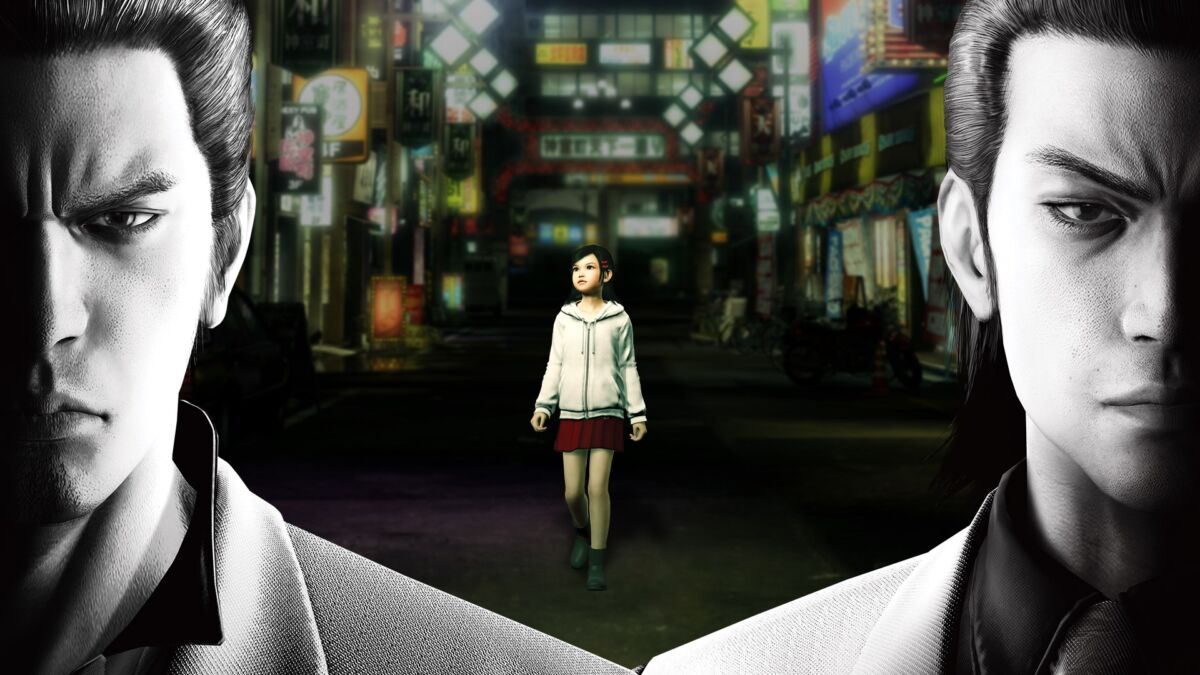
It seems a little unfair to put the first entry of the franchise slap dab in the middle, especially when the remastered Kiwami Edition did help bolster and improve the PS2 mechanics. The first Yakuza game was a thrilling joyride with a fascinating whodunnit plot and an accompanying cast of intriguing and memorable characters. While the mechanics for the original were nothing to write home about for the time, Kiwami used Yakuza 0’s Dragon engine to give the game a much-needed facelift and polish what was lacking in the original.
The facelift was very much appreciated by newcomers to the franchise. It should be noted that Ryu Ga Gotoku Studio did go out of their way to start filling in the blanks in Yakuza’s overall narrative, by adding new plot devices that help explain the broader parts of the franchise. We’re putting this entry here because, except for the usual side activities, the world of Kamurocho felt bare. Since this was a brand new franchise at the time, a lot of the silliness that made Yakuza great is missing, even in the Kiwami edition.
Subsequent titles would go on to improve that fine balancing act of compelling storytelling and madcap humour that made the franchise unique. If you are a collector, however, you must try and track down the original western PS2 version for its hilariously awful dub and Mark Hamill hamming it up as Goro Majima.
5. Yakuza 2/Kiwami 2
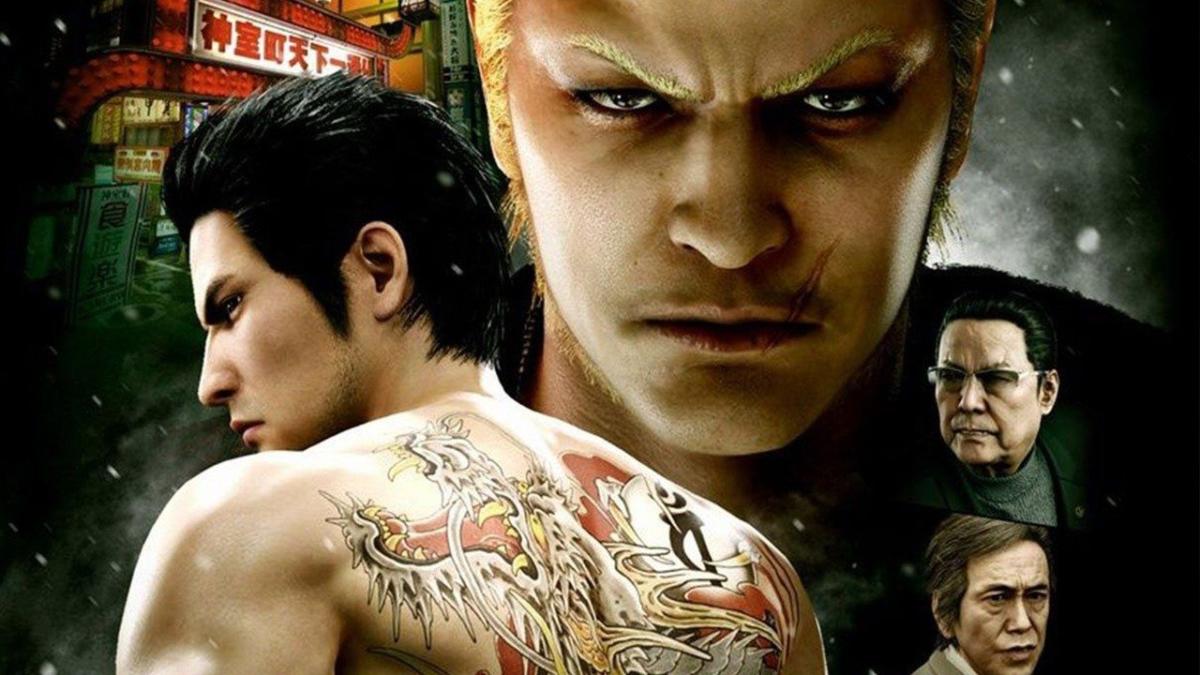
Yakuza 2, especially the Kiwami edition, did improve on the first instalment, but there is one big reason why Kiwami 2 just about overtakes its predecessor.
Ryu Ga Gotoku Studio attached 2 extra sub-stories coinciding with Goro Majima’s events that followed him in both Yakuza 1 and 0. Firstly, there is The Majima Saga subplot: 3 chapters that puts you in the shoes of Goro trying to keep the peace, while the Tojo clan carry out their plans for reformation. Then there is the RTS minigame, Majima Construction, where you play Command & Conquer challenges to achieve Goro’s new found dream of being a real estate tycoon. Both of these activities should be credited for expanding the depth and mystery behind the charismatic anti-hero.
Yakuza 2 is still a good time, but like with most HD repackages, not much has changed. Its narrative does expand on the lore of the franchise and the first of many numerous dealings with the South Korean Mafia, specifically the Jingweon Mafia. Also, it should be noted that Yakuza Kiwami 2 forgoes multiple fighting styles, very much like Yakuza 6. This in turn sadly took the variety out of a robust system, that you avoid the street fights rather than engage with them.
Though more or less the same, Yakuza 2 and its Kiwami revamp are still worth your time and are best reserved for those among us that love the finer details in multi-part franchises.
4. Yakuza 6: The Song of Life
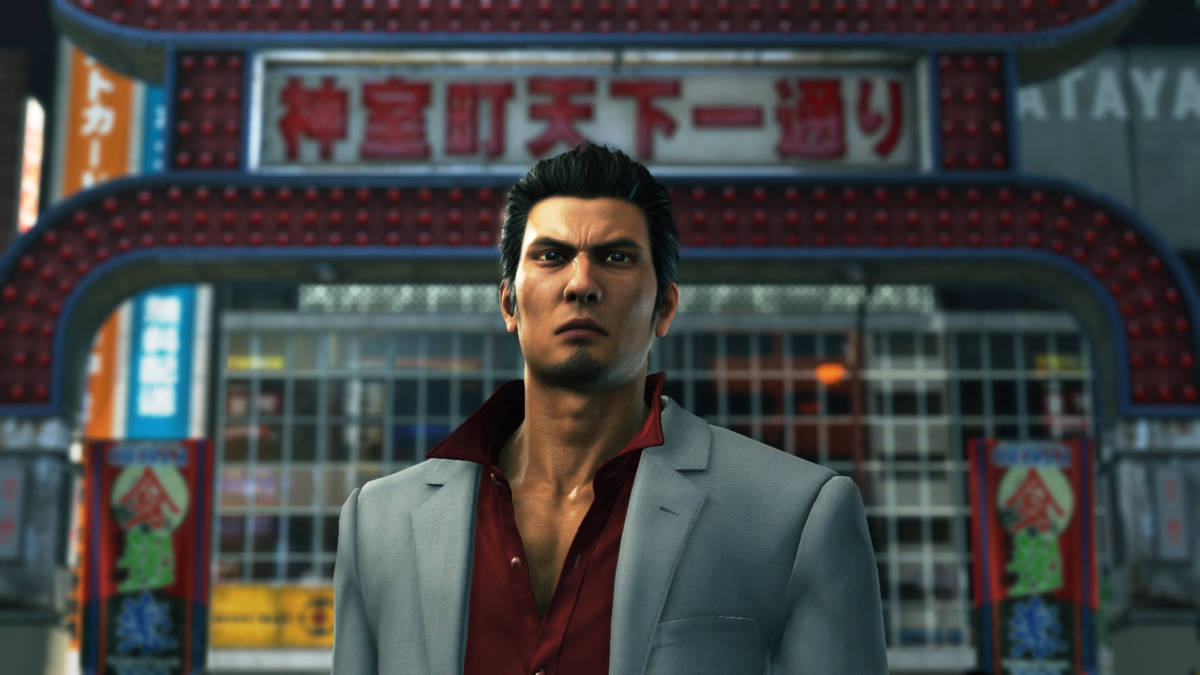
We’re now at the point of our list where the hard choices were made. I don’t regret giving Yakuza 6: The Song of Life a 9/10, it is still a brilliant game and it did set up the exit of Kazuma Kiryu brilliantly. But while Yakuza 5 threw in way too many contrasting styles too quickly, Yakuza 6 not only back-peddled on a few aspects of the game, but stripped it back to quite an extreme.
To Song of Life’s credit, the inner mechanics are still some of the best of the franchise, offering up an easier streamlined approach that gives more freedom of choice to the player. Add the Dragon Engine’s brilliant use of the PS4’s graphical capabilities, bizarre side antics reaching their apex, and noticeable cameos from the New Japan Pro Wrestling roster, and there is no debate that Yakuza 6 can stand on its own two feet proudly.
You could make the argument that the reason it was stripped back was that it needed to focus on Kiryu-san’s exit and it is a valid argument to make. However, with other favourites to the franchise such as Taiga Saejima and Shun Akiyama taking backseat roles, Yakuza 6 felt like a bare experience in comparison. Let’s not even mention baby Haruto, who demanded you paid attention to him at the most inconvenient of times, by playing that weird “go to sleep” minigame.
3. Yakuza 4
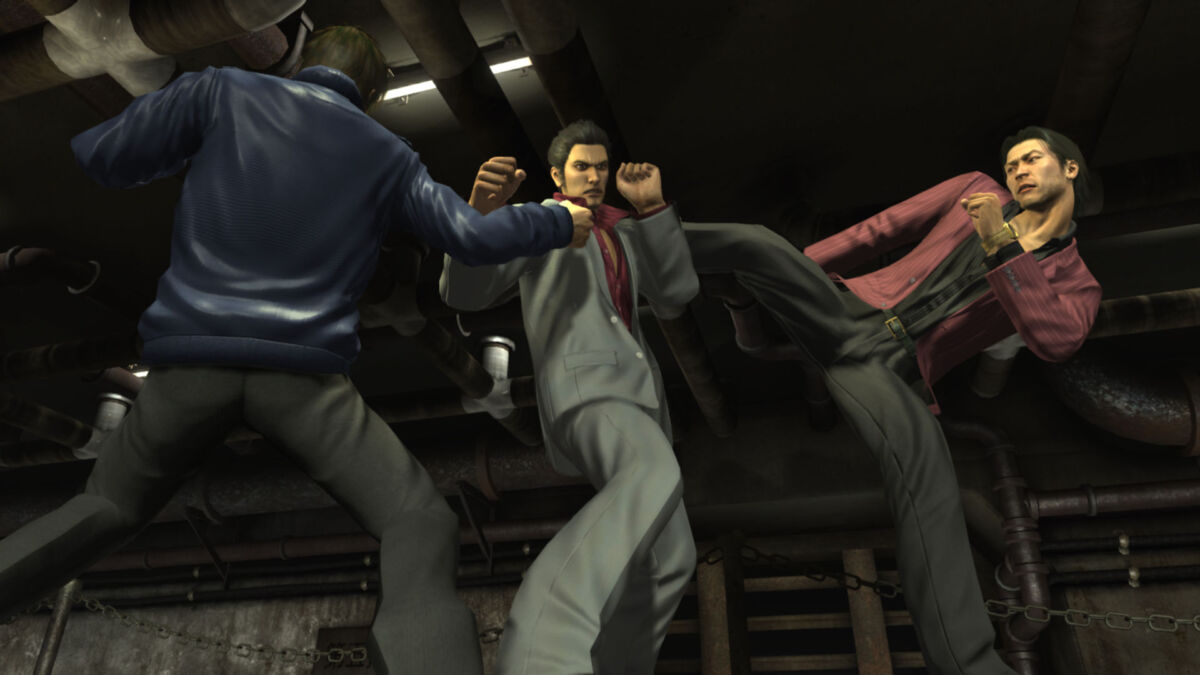
Yakuza 4 could be considered one of the true classics of the PS3 generation. Knowing that the formula was stagnating, Ryu Ga Gotoku Studio took a gamble by giving us not one, but three new characters, all with different backstories and whose paths eventually cross. Most game studios would feel hard-pressed to include one new character, but RGGS took a risk and thankfully it paid off.
Masayoshi Tanimura, Shun Akiyama and Taiga Saejima all make their debuts and the game tailor-makes their side activities to be unique to them. There are the usual Majong and Club Sega antics, however, Masayoshi, for example, does have a side plot involving the cabaret club he owns. Elsewhere, Shun is asked to run a dojo and help his students get to the finals in some humorous homage to the Karate Kid movies. All of these mechanics expand the game’s lifespan easily into the 60 – 70 hour mark.
Broadening Kamarucho to include rooftops, sewers and detailed underground subways will leave the player multiple options of exploration. However, while the gameplay does suffer from more simplistic level up menus, RGGS gave the players a distinct set of combat styles for each character, making for some interesting combinations and experiments in random street fights. It was a win for the fans, as not only were they able to fight as Kazama Kiryu, but also three very likeable new characters in the process.
2. Yakuza: Like A Dragon
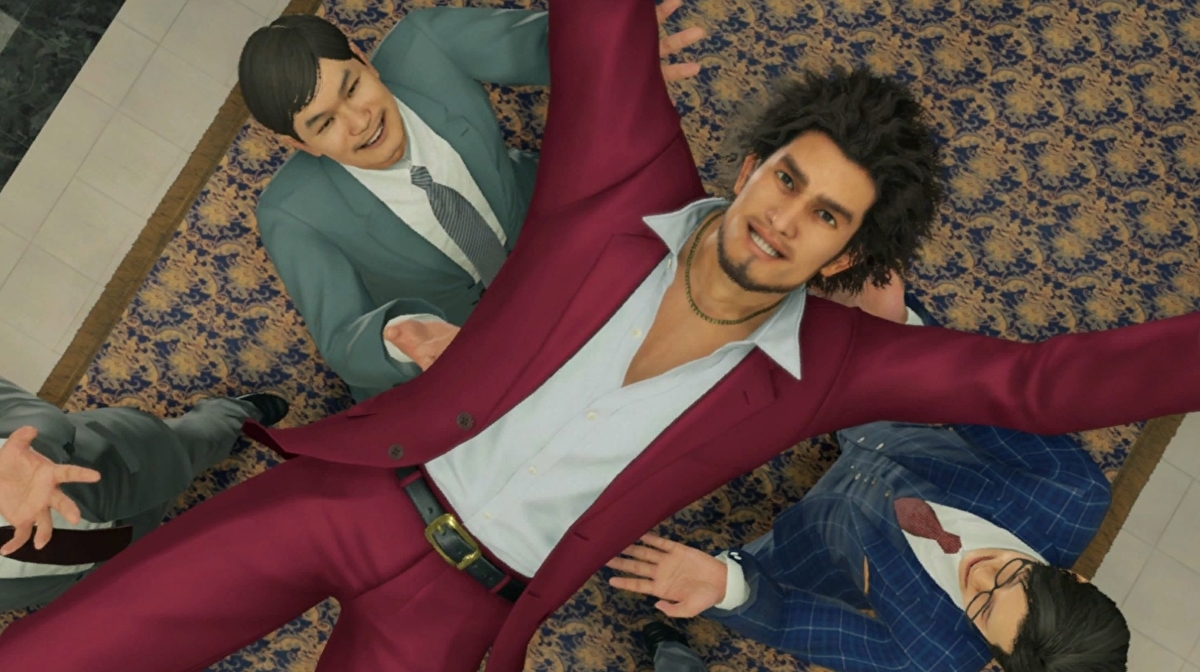
Speaking of taking a gamble, how about that last instalment, eh? It is extremely rare for a well-known franchise to go in a different direction, but Yakuza: Like A Dragon bet the farm. By taking a brawler with RPG elements and giving it a complete JRPG makeover, the end result was an almost flawless take on the genre and its many tropes. It also included a fresh cast of interesting characters, with the strong but silent Kazuma Kiryu being traded for the brash, but well-meaning Ichiban Kasuga.
Befriending a new cast of characters, such as the homeless mage Yu Nanba and driving instructor tank Koichi Adachi, you take the fight to the political underbelly of the new location Isezaki Ijincho. Like A Dragon’s approach to its JRPG mechanics are simple enough to those who may not be familiar with the genre, but still offers a deep and experimental class system for those that want to take that extra step.
Yakuza: Like A Dragon does have some minor flaws, as it can get a little grindy in areas, especially when the game takes a dramatic upwards difficulty curve around the 7th chapter. There is also the fact that while the overall narrative is fun, there are moments where the game felt too bogged down in the plot, with constant recappings of previous events. However, those that like a good JRPG will find the 8th entry to the franchise a great jumping-off point, especially if you haven’t touched a Yakuza game.
1. Yakuza 0
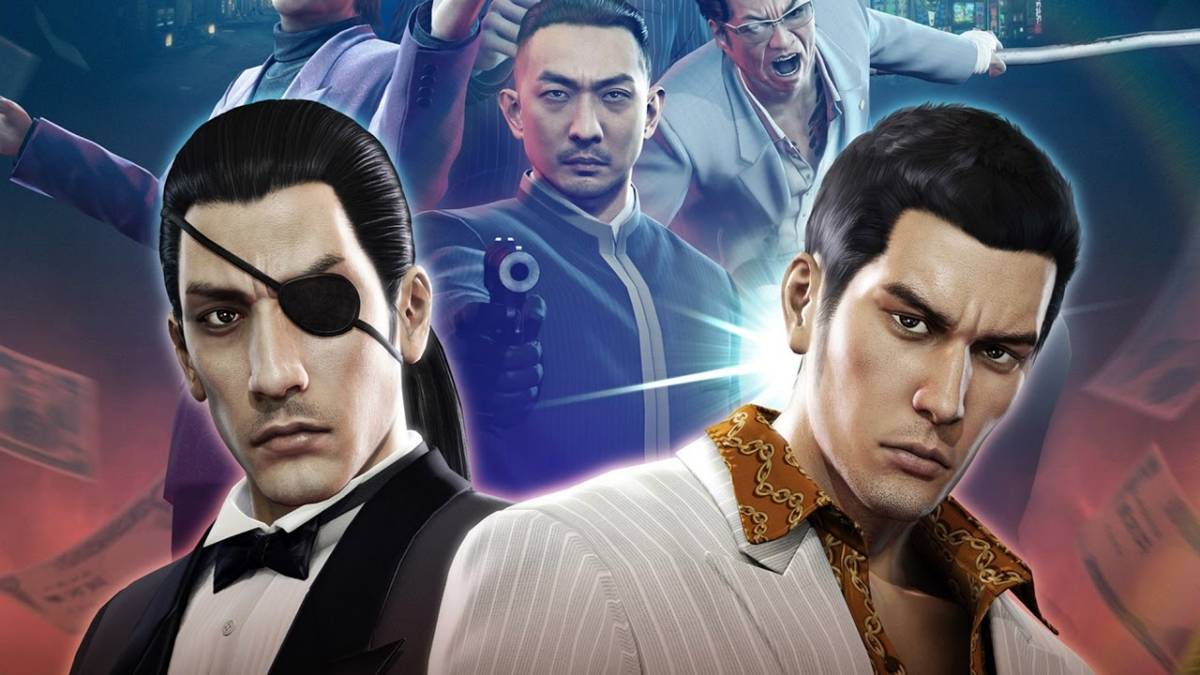
It really couldn’t be any other entry. Yakuza 0 is the quintessential cream of the crop when it comes to the Yakuza franchise. Following Kazuma Kiryu’s reluctant descent into the criminal underworld and Goro Majima’s willing descent into madness, Yakuza masters that combination of dramatic storytelling and madcap side activities that managed to win over so many fans since its 2017 release.
Both Kazuma and Goro each have 3 distinctive fight styles to toy and experiment with for hours and it’s so baffling why they never carried on with this. Ryu Go Gotoku Studio bought over the tailor-made side activities from previous instalments for each character, extending the game’s lifespan exponentially. Included in Yakuza 0 are the usual side haunts, including often fun and surreal side quests involving a unique cast of memorable NPCs. This could include teaching confidence to a dominatrix or getting a crash course in taxes from someone you save, and both Kamurocho and Sotenbori thrive because of these characters.
Despite being the 6th title in the franchise, everything about Yakuza 0 feels fresh and was designed with a renewed sense of vigour. The game may have only two maps to explore, but both Kamurocho and Sotenbori have more attention to detail, resulting in both maps being more detailed and waiting to be explored. There’s not really much that I can say that I haven’t already said since I started playing this game in 2018. If you’re still wondering which Yakuza title to pick, we insist on starting with Yakuza 0. Just make sure you reach that 100% completion.
READ MORE: Attempting To Explain Yakuza’s Appeal Using Psychology
Some of the coverage you find on Cultured Vultures contains affiliate links, which provide us with small commissions based on purchases made from visiting our site.
